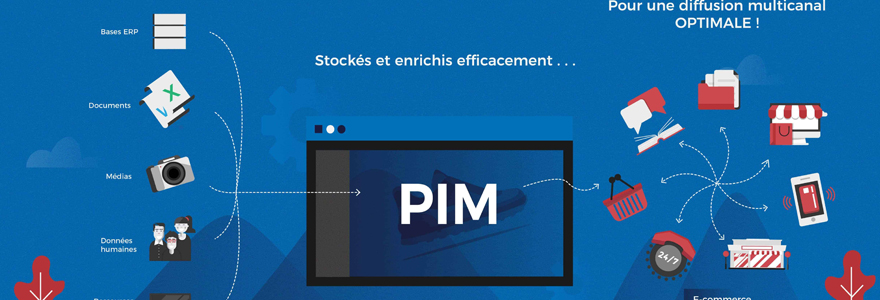
PIM has a wide range of applications, from small businesses to large enterprises. It can be used to manage customer data, product information, pricing data, and more. PIM can also be used to integrate data from multiple sources, and to create a centralized repository of information.
PIM is often used to manage product information for businesses
Product Information Management (PIM) systems are often used to manage product information for businesses. PIM systems can help businesses keep track of product data, such as product names, descriptions, prices, and images. PIM systems can also help businesses manage their inventory levels and track orders. PIM systems can also help businesses create and manage product catalogs, goaland.com advises you more.
PIM can also be used to track inventory levels, and to create and manage promotions
PIM, or Product Information Management, is a software solution that is used to centralize and manage product data. PIM can be used to track inventory levels, and to create and manage promotions. Promotions can be created based on certain criteria, such as product category, price, or customer segment. PIM can also be used to generate reports, such as sales reports or inventory reports.
Additionally, PIM can be used to generate reports, and to help with decision-making
Product Information Management (PIM) systems are often used to generate reports and help with decision-making. Additionally, PIM can be used to keep track of product changes, to manage product data, and to ensure data accuracy and completeness. PIM systems can also be used to automate product data entry and to generate product catalogs.
The article discusses the various ways in which PIM can be used in order to make life easier and more organized. PIM can be used for tasks such as keeping track of appointments, maintaining a to-do list, and storing important contact information. Additionally, PIM can also be used for more creative purposes such as brainstorming and developing new ideas.